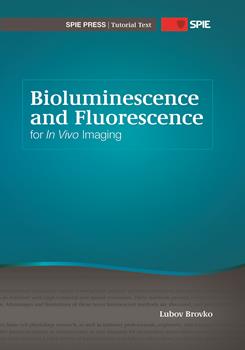|
Green fluorescent protein (GFP) was discovered in 1961 as a by-product when Osamu Shimomura and Frank Johnson of Princeton University were trying to isolate their target protein, aequorin, from the jellyfish Aequorea victoria. One of the 'squeezate' fractions obtained from the chromatography column possessed very bright green fluorescence. This fraction was further purified, and a fluorescent substance was isolated and identified as a protein. The practical significance of the GFP discovery was realized only later, but at that time this unusual protein attracted attention as a curious invention of Mother Nature. At the time of GFP discovery, it was noticed that the emission spectrum of the isolated fluorescent protein coincides with the 'natural' emission of living Aequorea with a maximum at 510 nm, whereas the bioluminescence spectrum of aequorin peaked around 470 nm. It was therefore concluded that GFP converted blue bioluminescence of aequorin to green in the intact cells and living animal. Later it was confirmed that the close proximity of GFP to aequorin in live tissue allows for radiationless energy transfer from the excited product of a bioluminescent reaction to GFP to occur, thus transforming the luminescence color from blue to green. The structure of the fluorophore in Aequorea GFP was resolved by Shimomura in 1979 (Fig. 2.1). The most interesting (and valuable) structural feature is that the fluorophore is covalently bound to the polypeptide chain. The currently accepted mechanism of its formation is presented in Fig. 2.1.4 The process includes the post-translational cyclization, dehydration, and oxidation of residues Ser65-Tyr66-Gly67. First, GFP folds in close to native conformation, bringing Gly67 residue into the position to react with the carbonyl group of Ser65; this is followed by cyclization. Then, molecular oxygen dehydrogenates the α-β bond of Tyr66 to put its aromatic group into conjugation with the imidazolinone. At this final step the compound with visible absorbance and fluorescence is formed. If GFP is produced in anaerobic conditions, the correct molecular weight protein is formed, but it is not fluorescent. The subsequent appearance of fluorescence requires only the admission of oxygen, although the process is rather slow and occurs in a matter of hours. This feature limits the use of GFP as a fast reporter of gene expression. |
|
|


